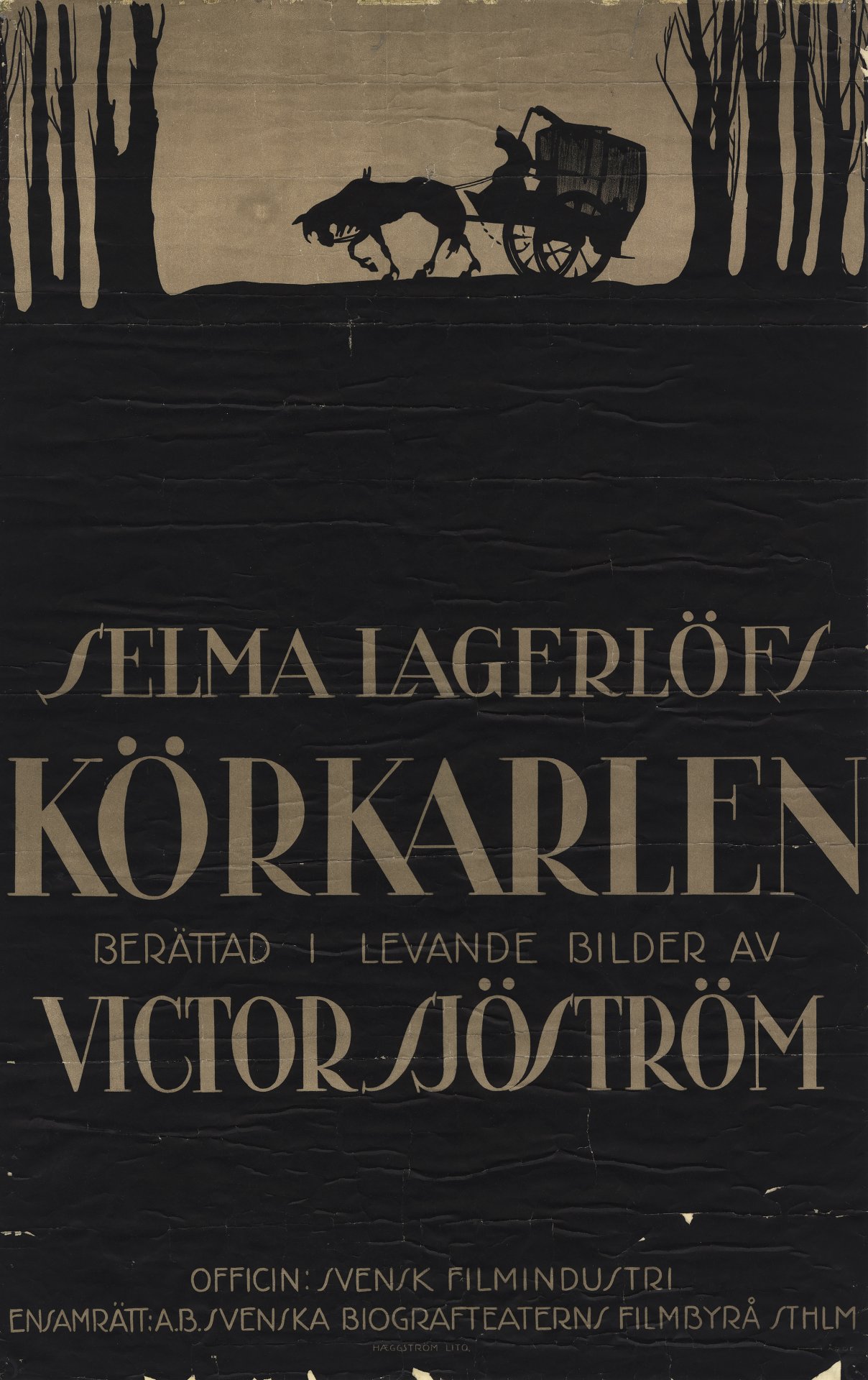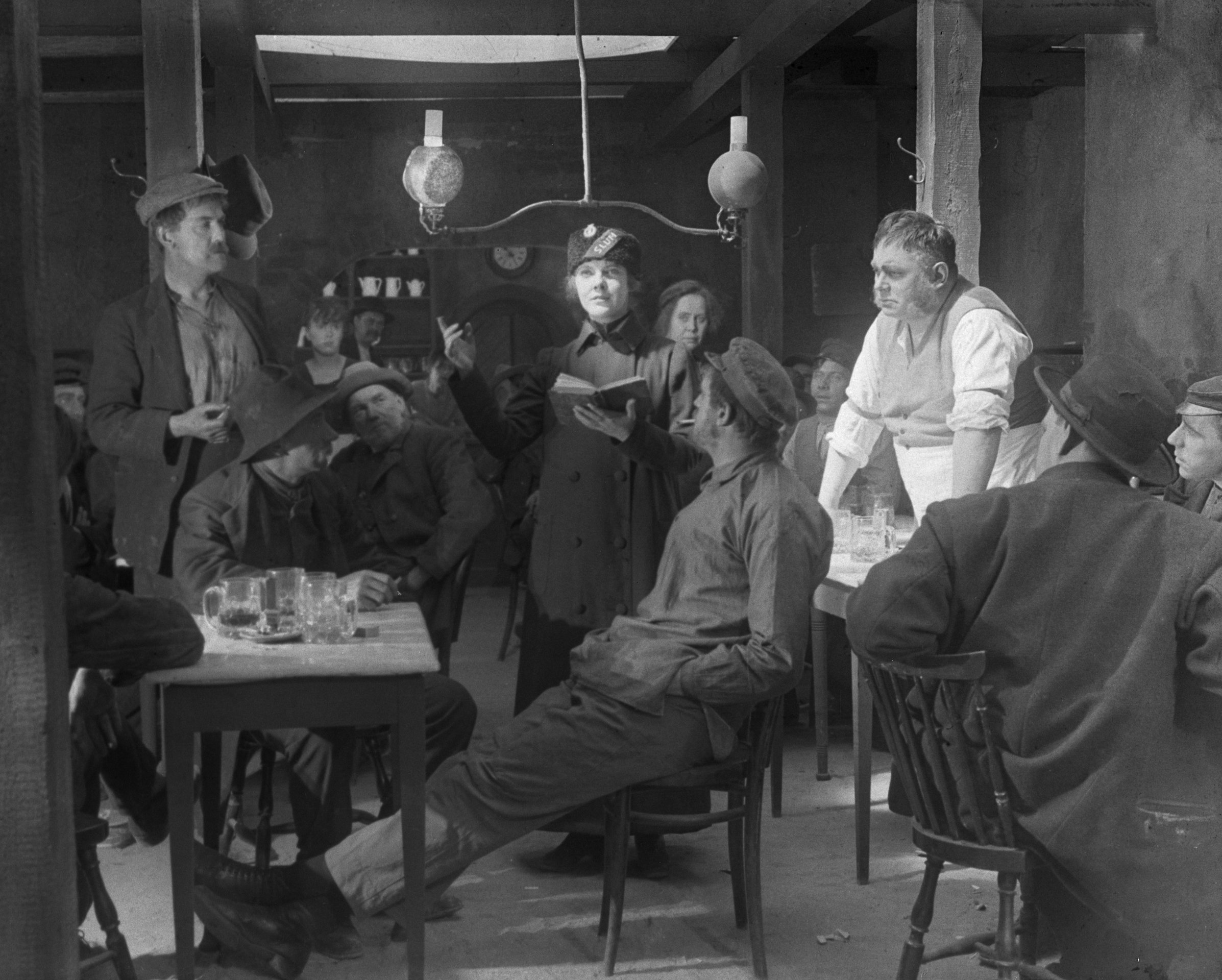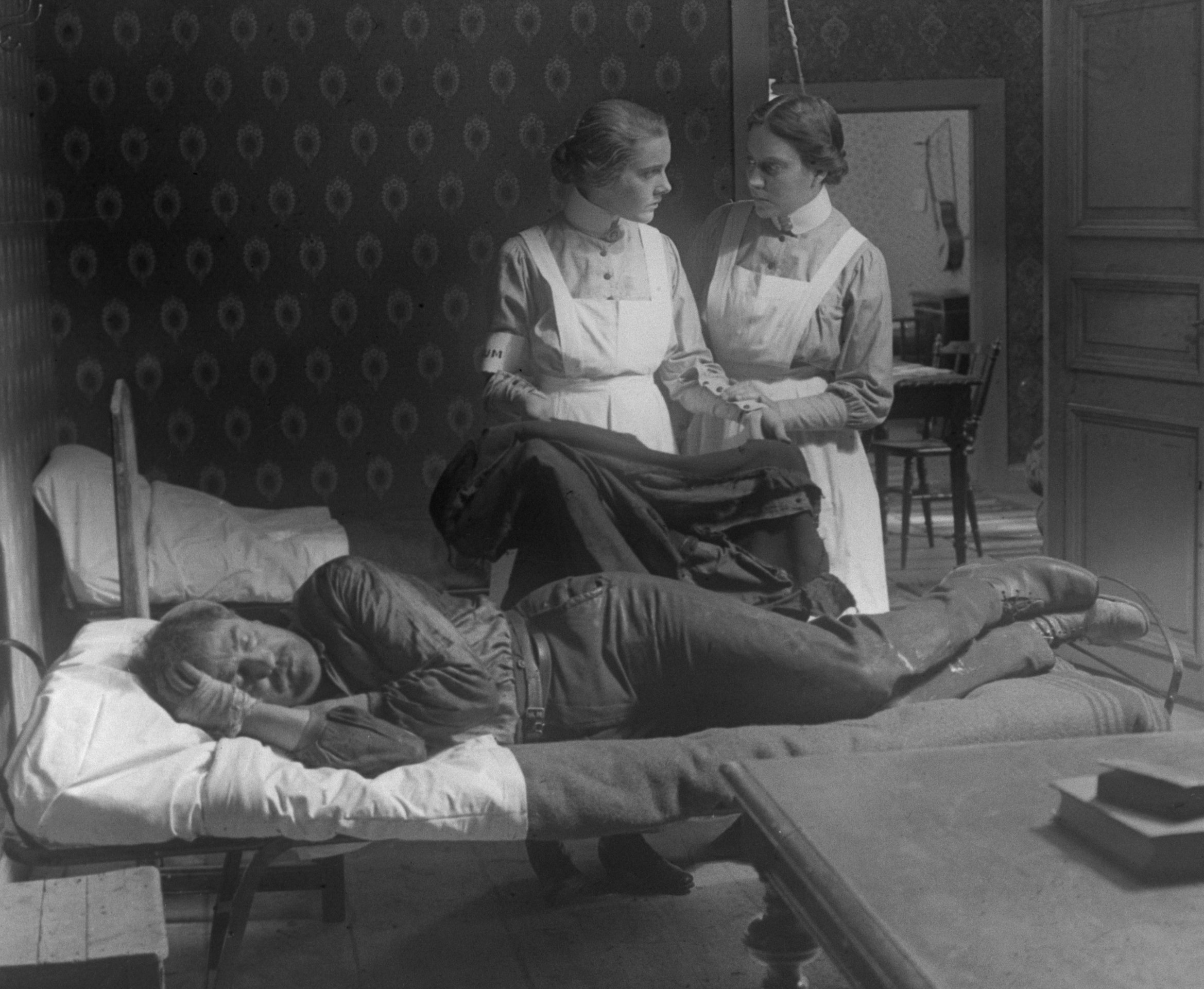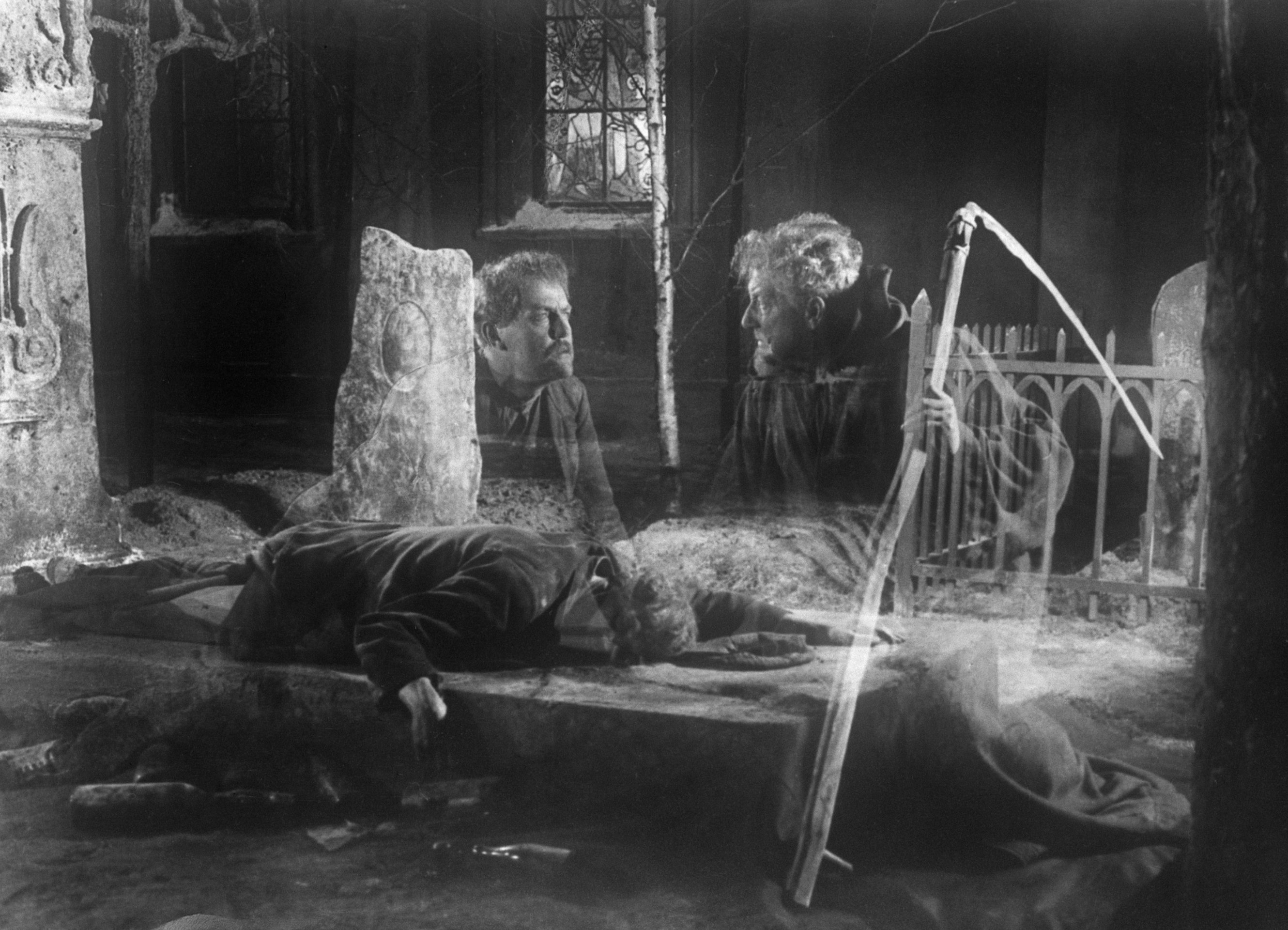Menu Biuletynu Informacji
THE PHANTOM CARRIAGE

THE PHANTOM CARRIAGE
The Phantom Carriage
(Körkarlen)
Dir. Victor Sjöström; script Victor Sjöström, based on Selma Lagerlöf’s novel The Phantom Carriage; cinemat. Julius Jaenzon
Svensk Filmindustri, Sweden, 1921
Cast: Victor Sjöström (David Holm), Tore Svennberg (Georges), Hilda Borgström (Anna, David's wife), Astrid Holm (Edit)
DCP, 106’, tinted, intertitles/subtitles: SE/PL, EN, source: Svenska Filminstitutet
An old Breton legend says that the last person who dies each year has to serve as Death's driver for the next, collecting and transporting the souls of the dead. In this story, David Holm, a wayward alcoholic, is beaten to death in a drunken brawl on New Year's Eve – and at the stroke of midnight, it turns out that he is now bound to fulfil this role. Beforehand, however, he is compelled to recall his happy youth and see how his disastrous addiction made the lives of his loved ones hell.
This masterpiece of Scandinavian cinema is widely regarded as the greatest work of Victor Sjöström, a master of the Swedish school, who traditionally also played the lead role in his own films. It is an adaptation of the novel The Phantom Carriage by Selma Lagerlöf, whose long-standing relationship with the film industry led to works such as the renowned movie Sir Arne's Treasure (Herr Arnes pengar, 1919) by Mauritz Stiller. The writer's artistic relationship with Sjöström was particularly harmonious and resulted in several films, including Karin, Daughter of Ingmar (Karin Ingmarsdotter, 1920), adapted from her novel Jerusalem. The Phantom Carriage, which was met with international acclaim from critics and audiences alike, was the crowning glory of their collaboration.
This morality tale, with a complex, flashback-based narrative, was set primarily indoors – rather than in the scenic forest or mountain landscapes typical of Swedish cinema – and it posed something of a challenge for cinematographer Julius Jaenzon. Through the creative use of multiple exposure techniques, he was able to create a ghostly, otherworldly atmosphere, intertwining the realm of the living with that of spirits and phantoms. This haunting vision would go on to inspire other filmmakers, from German expressionists to Stanley Kubrick (The Shining, 1980). In the 1920s, however, Sjöström's film was seen not so much as a horror film but as social cinema, a powerful drama with a strongly anti-alcohol message, which led to it frequently being shown at events promoting abstinence.
Michał Pieńkowski
music: Hinode Tapes
SUNDAY | DECEMBER 1 | 20:00
introduction to the movie: Tomasz Kolankiewicz
Contact
National Film Archive – Audiovisual Institute
www.fina.gov.pl
Wałbrzyska Street 3/5
02-739 Warsaw
tel: +48 22 38 04 902
tel: +48 22 38 04 904
e-mail: kancelaria@fina.gov.pl
Cinema Iluzjon
www.iluzjon.fn.org.pl
ul. Narbutta 50a
02-541 Warszawa
tel. +48 22 848 33 33
+48 22 182 46 41
e-mail: kasa.iluzjon@fina.gov.pl




